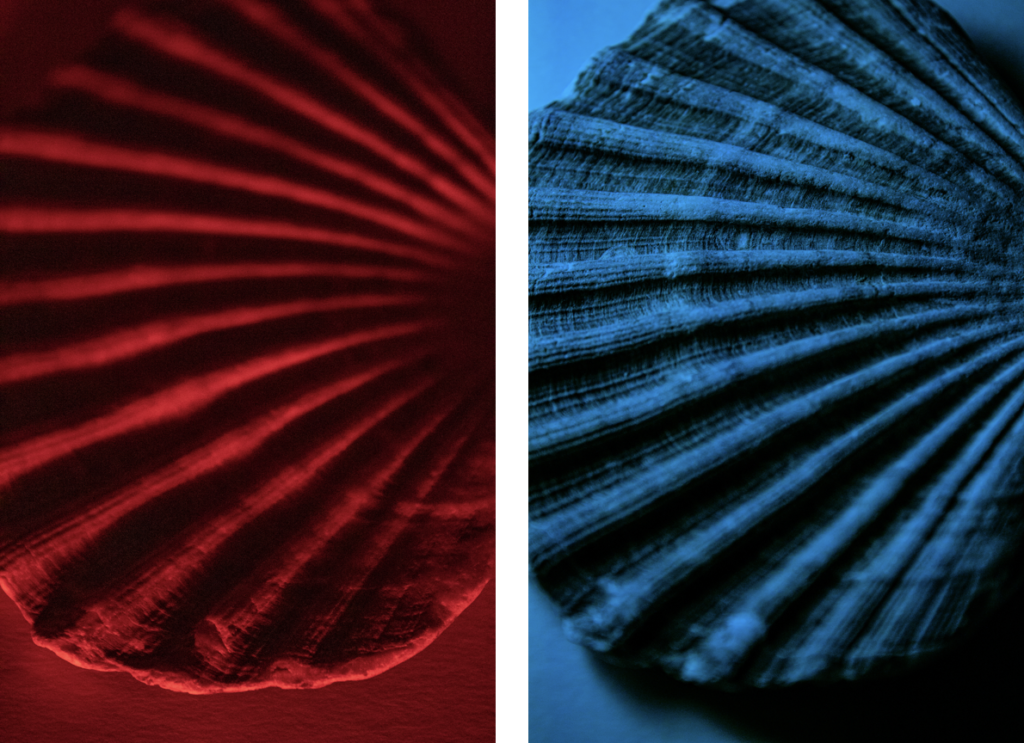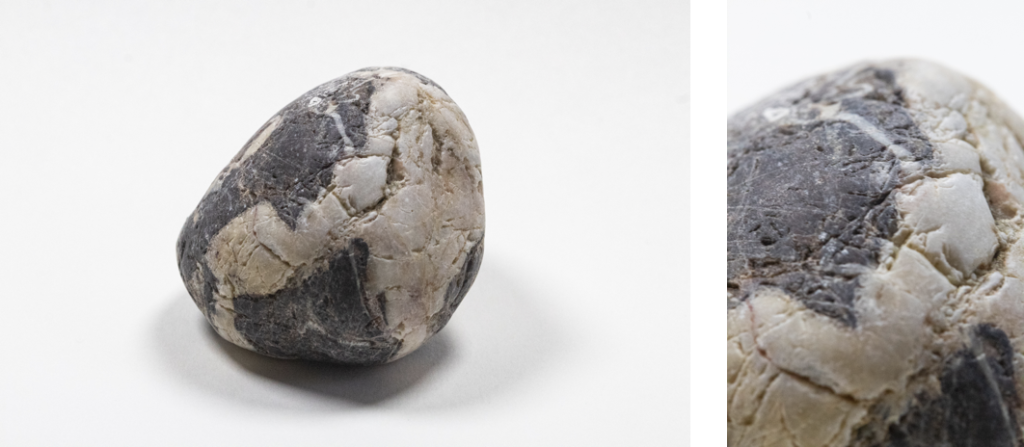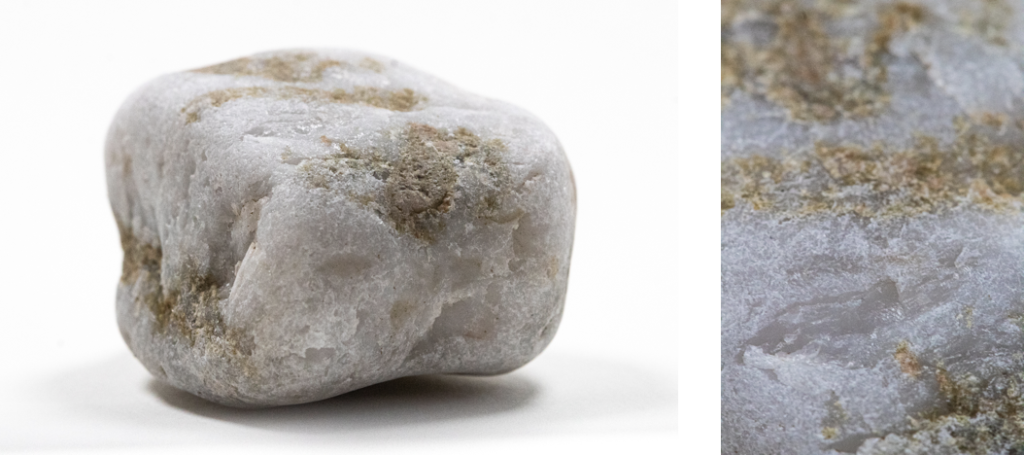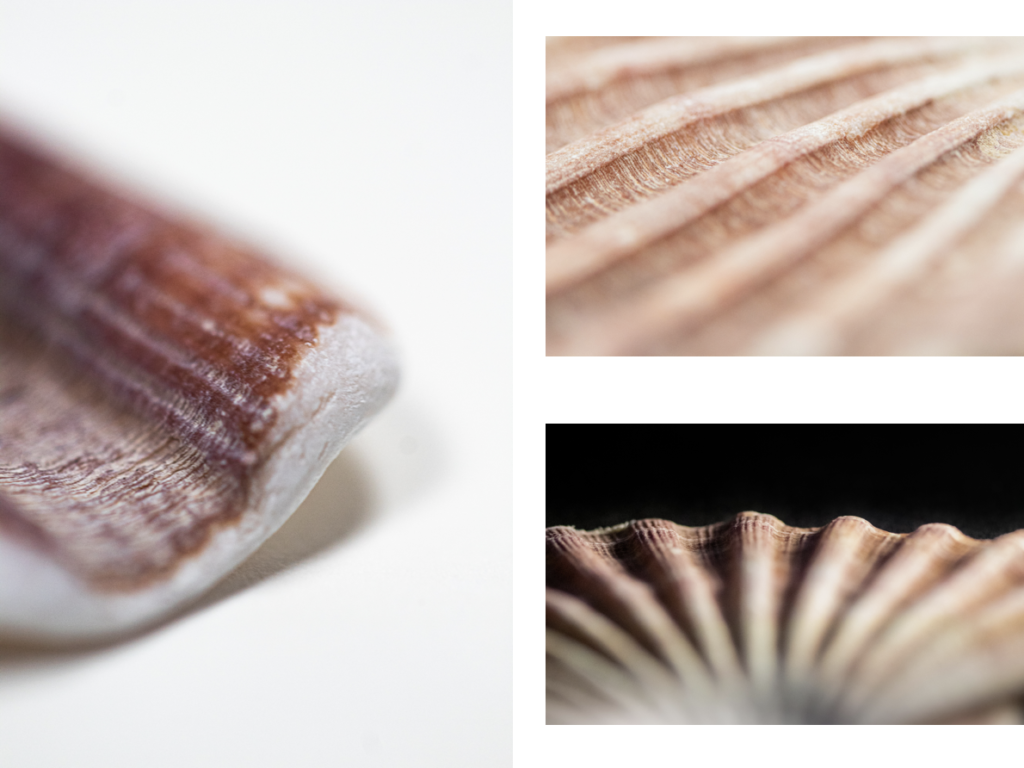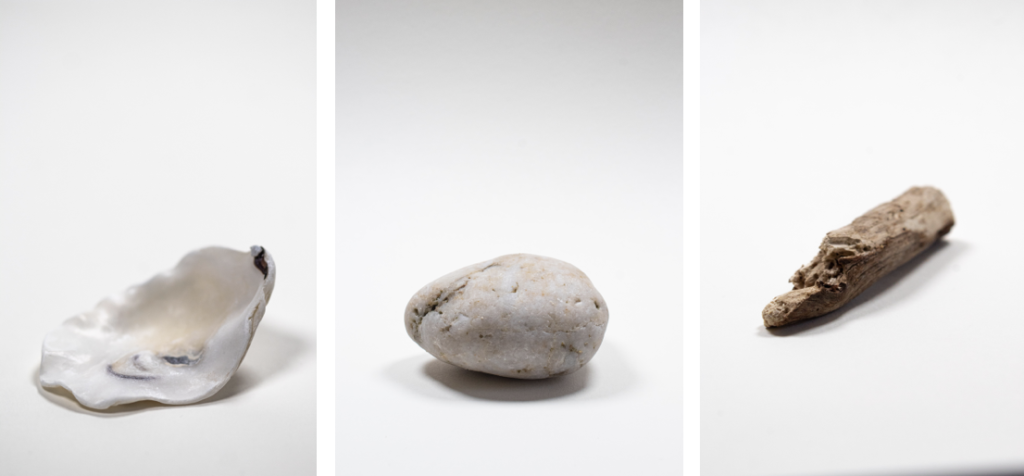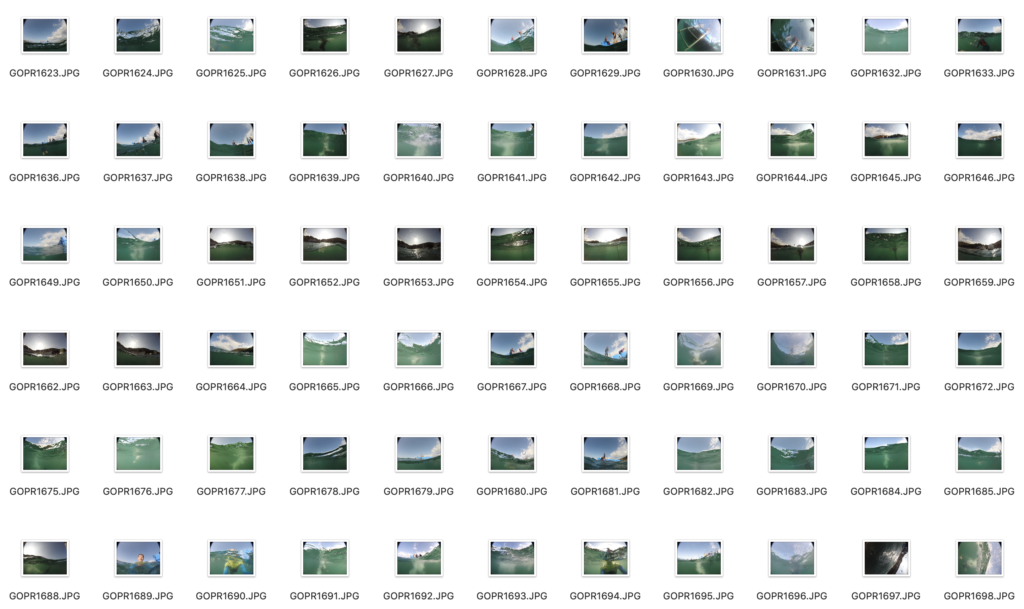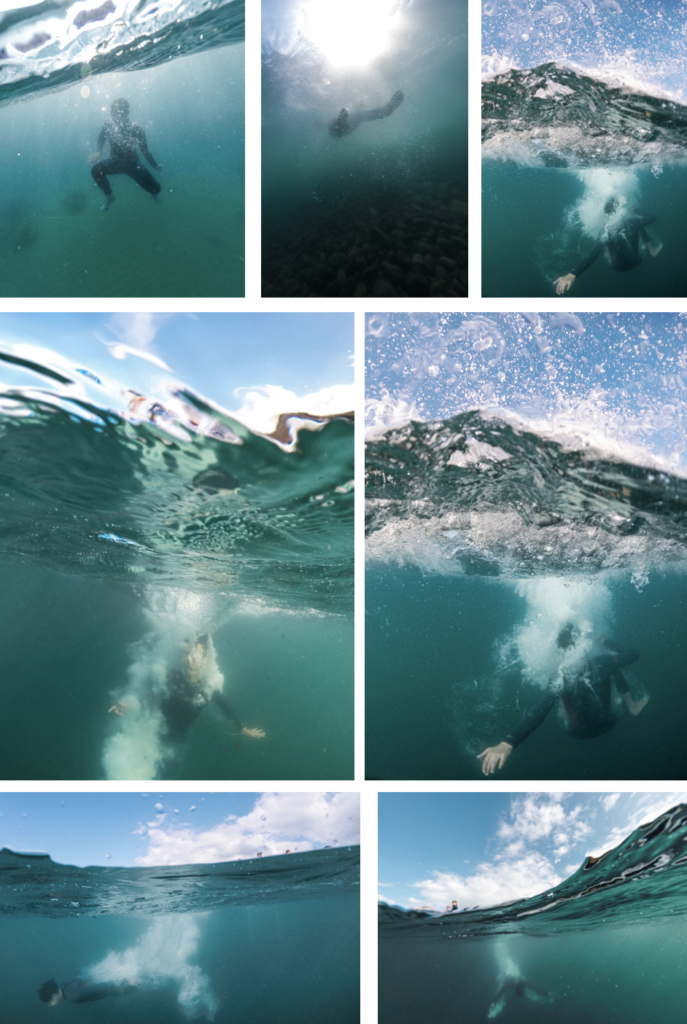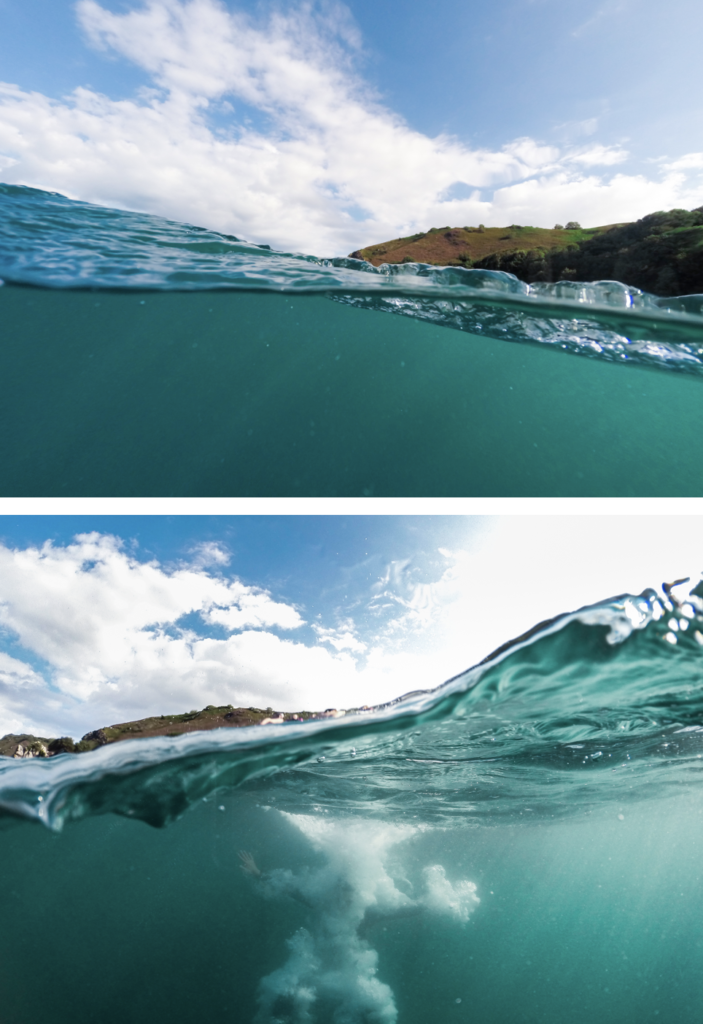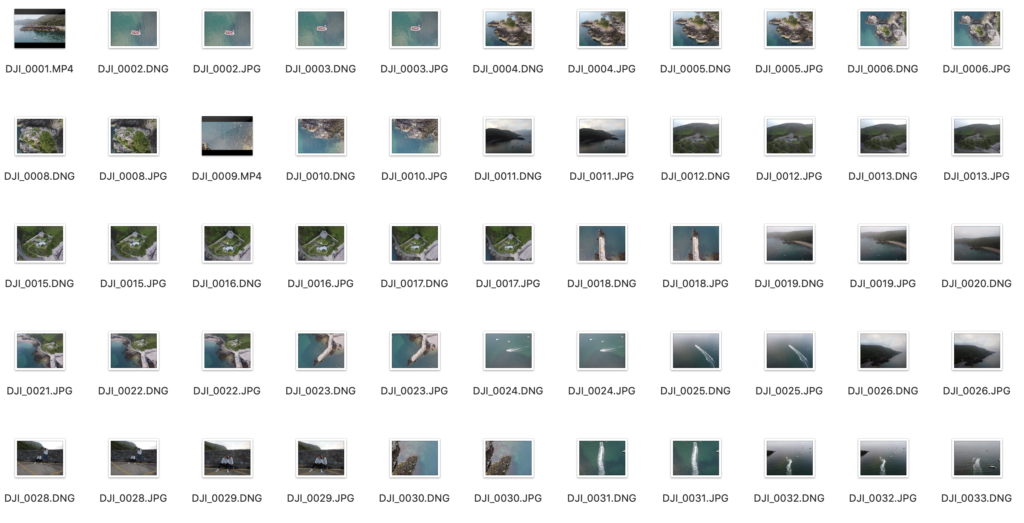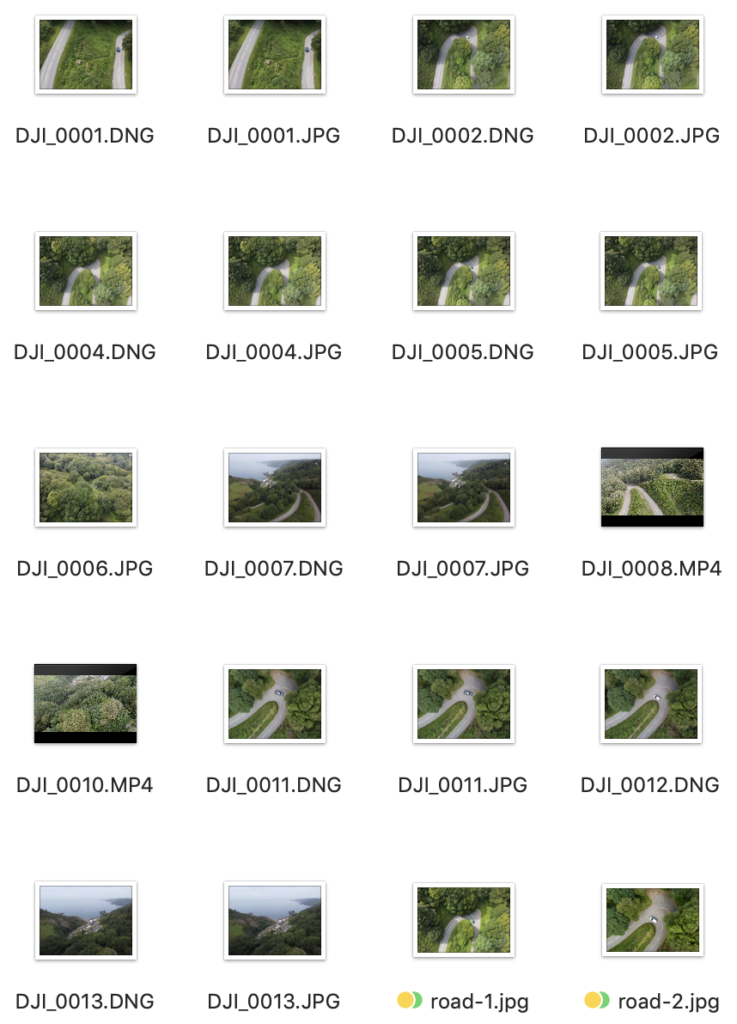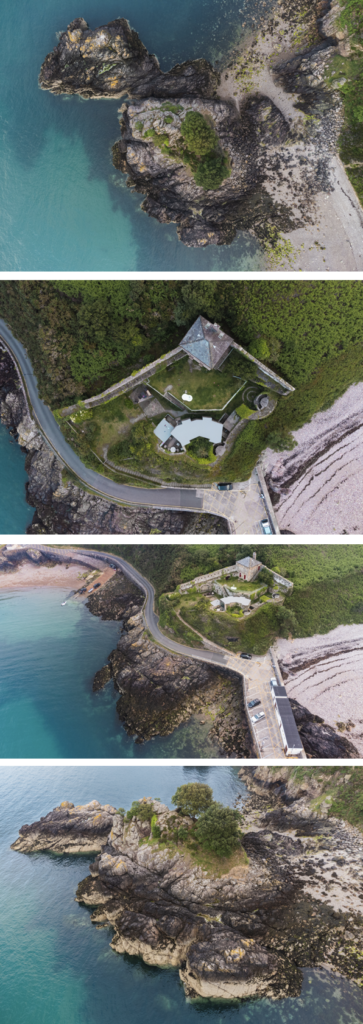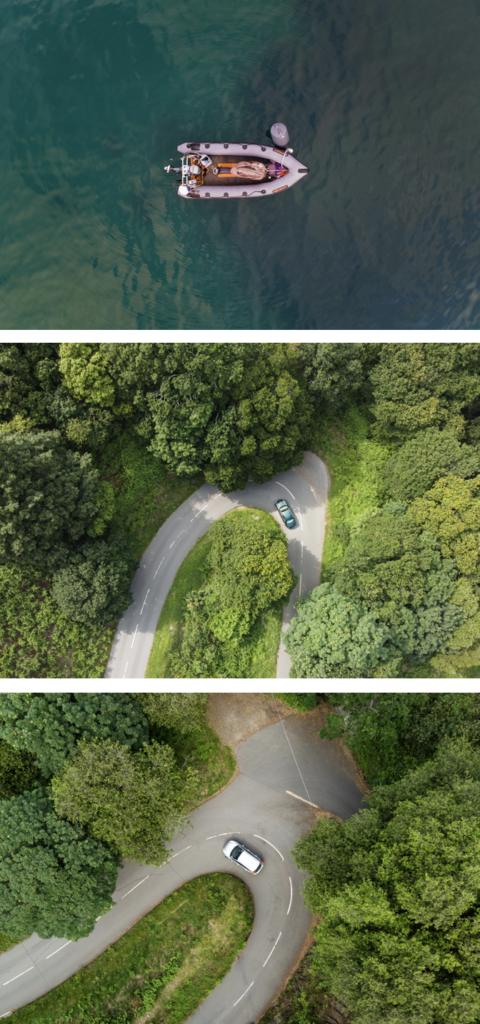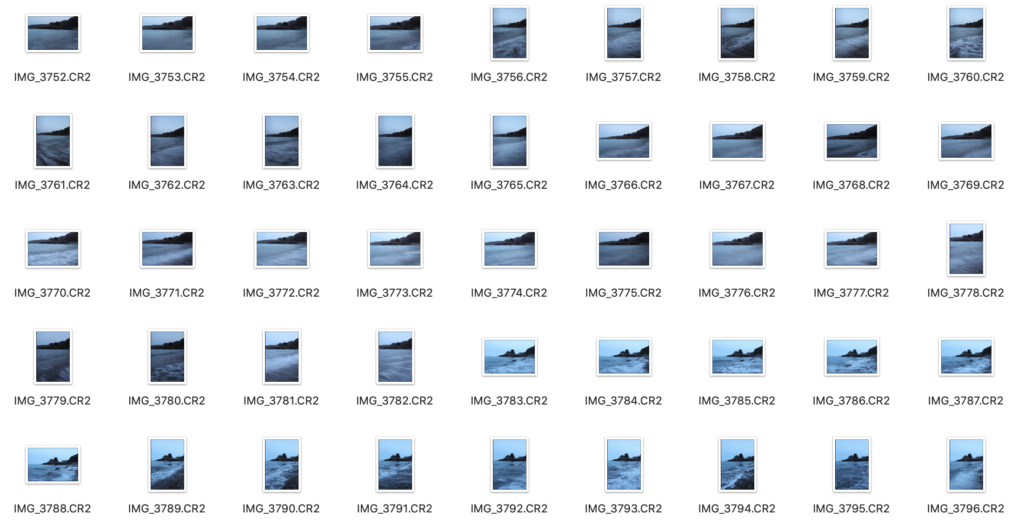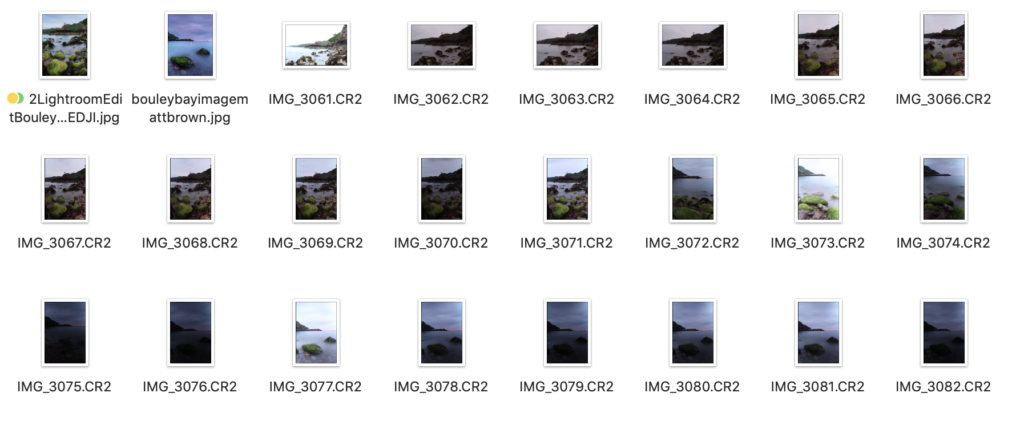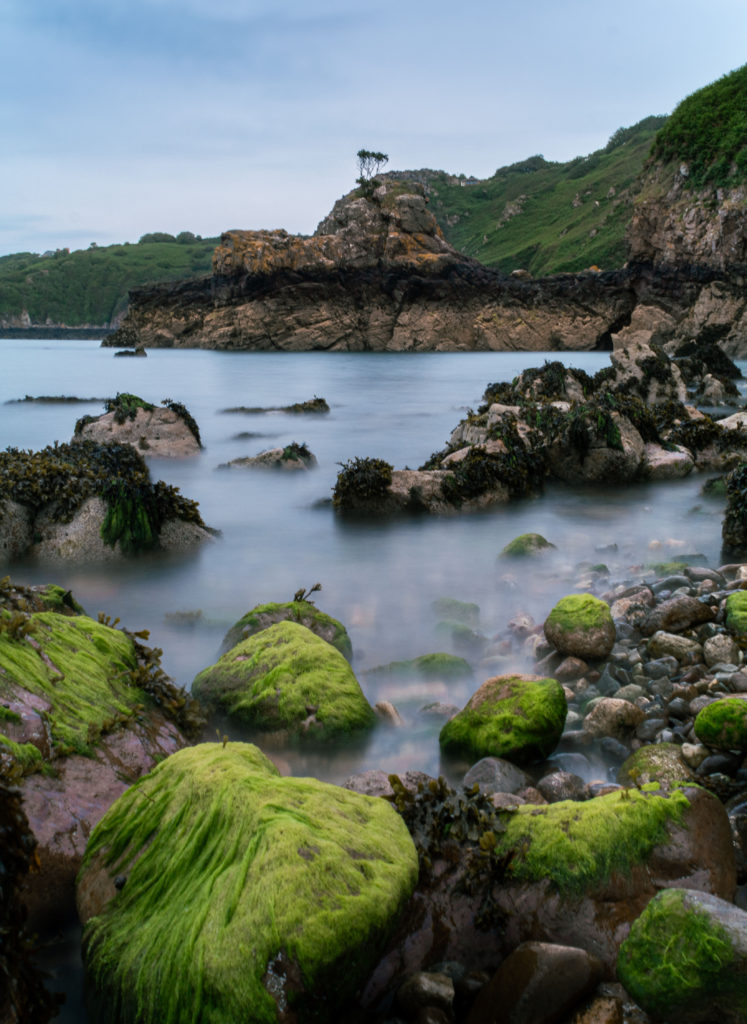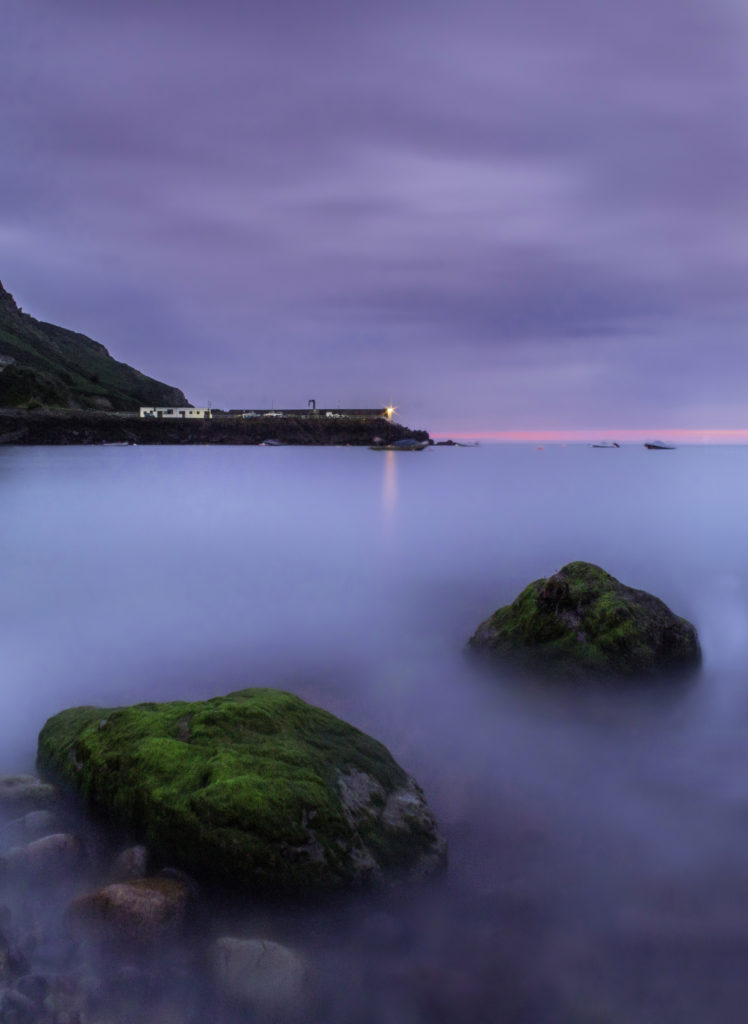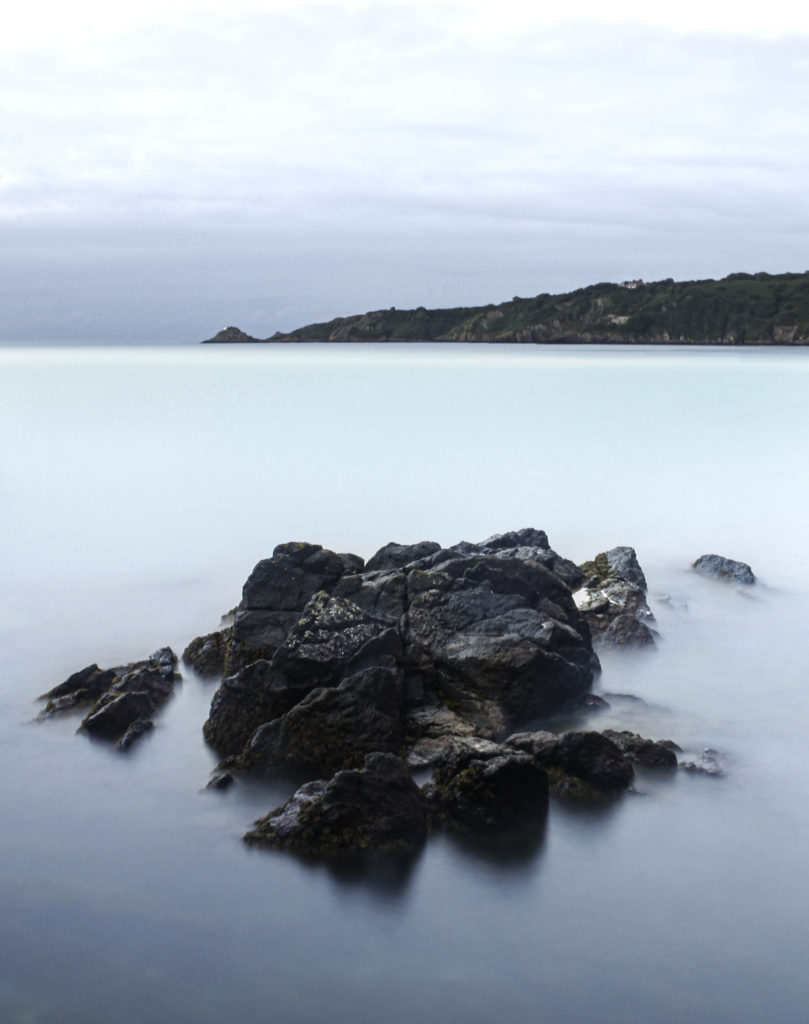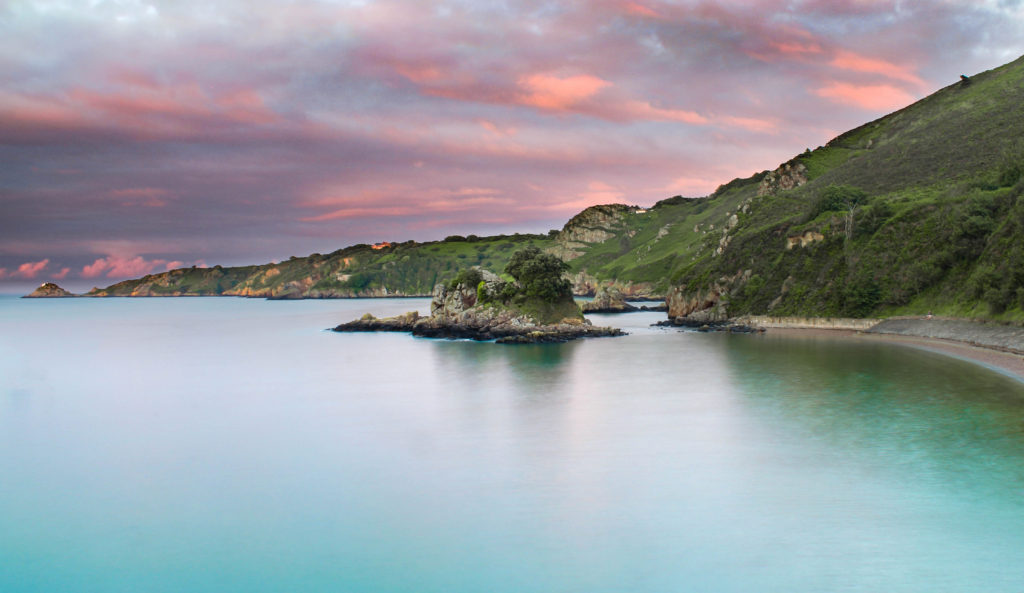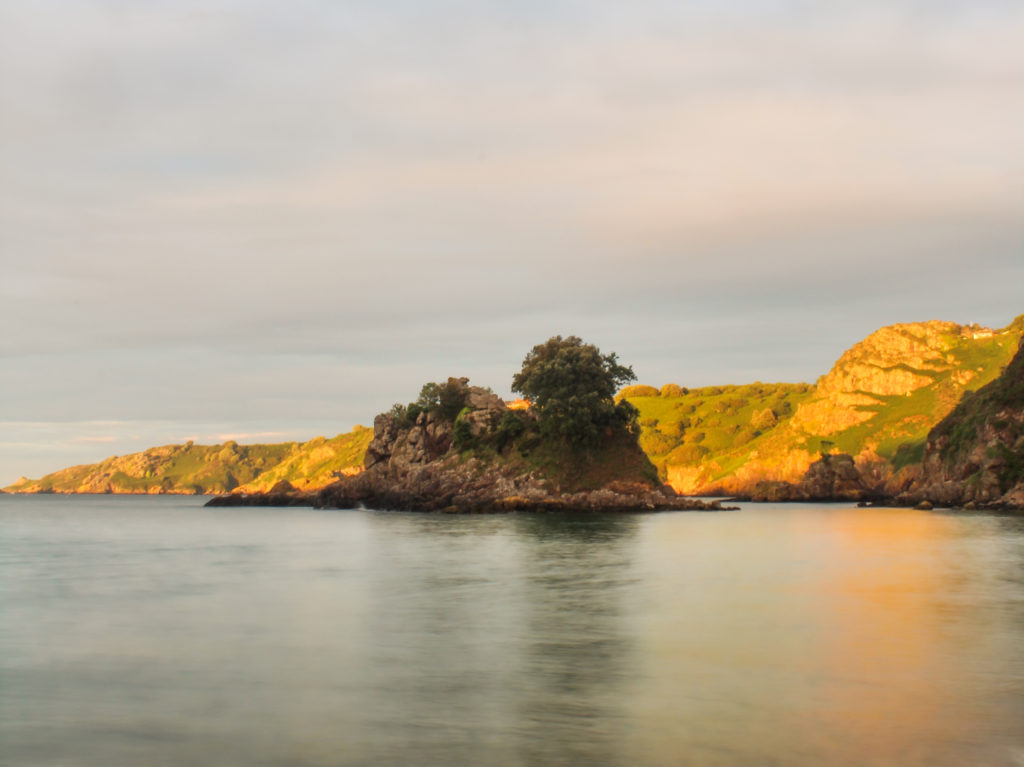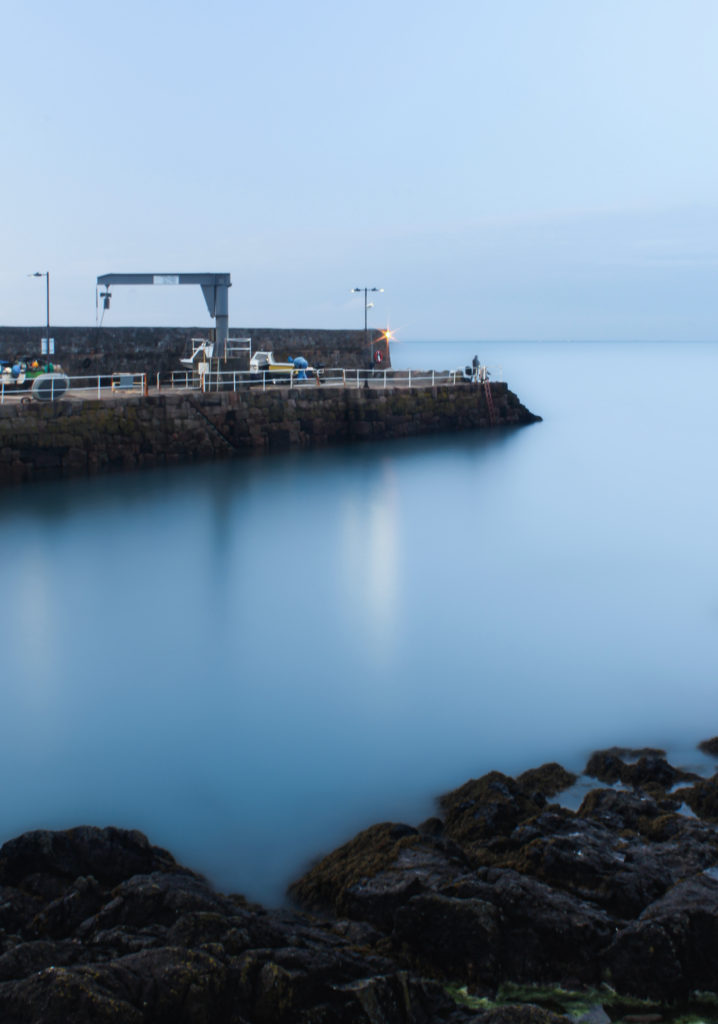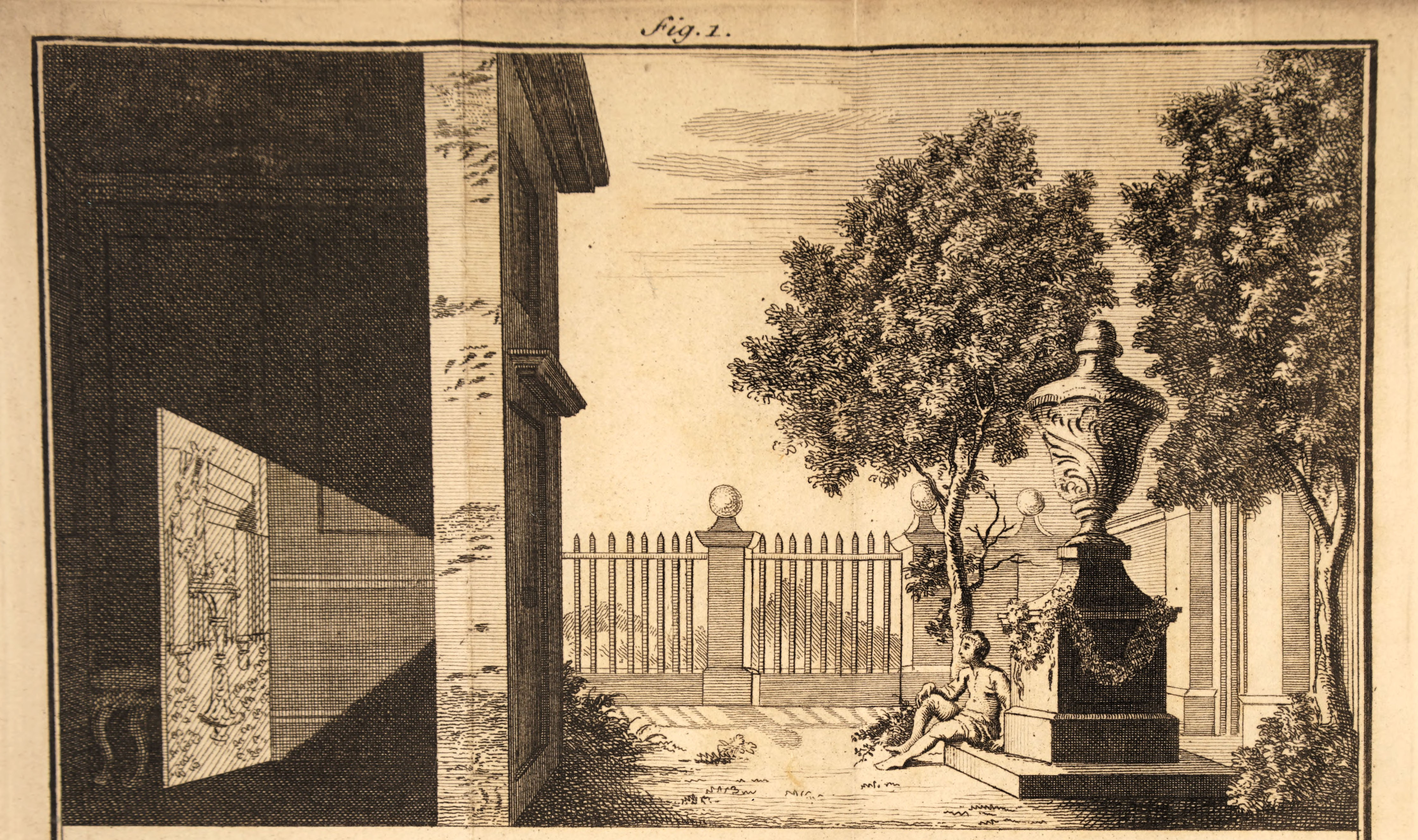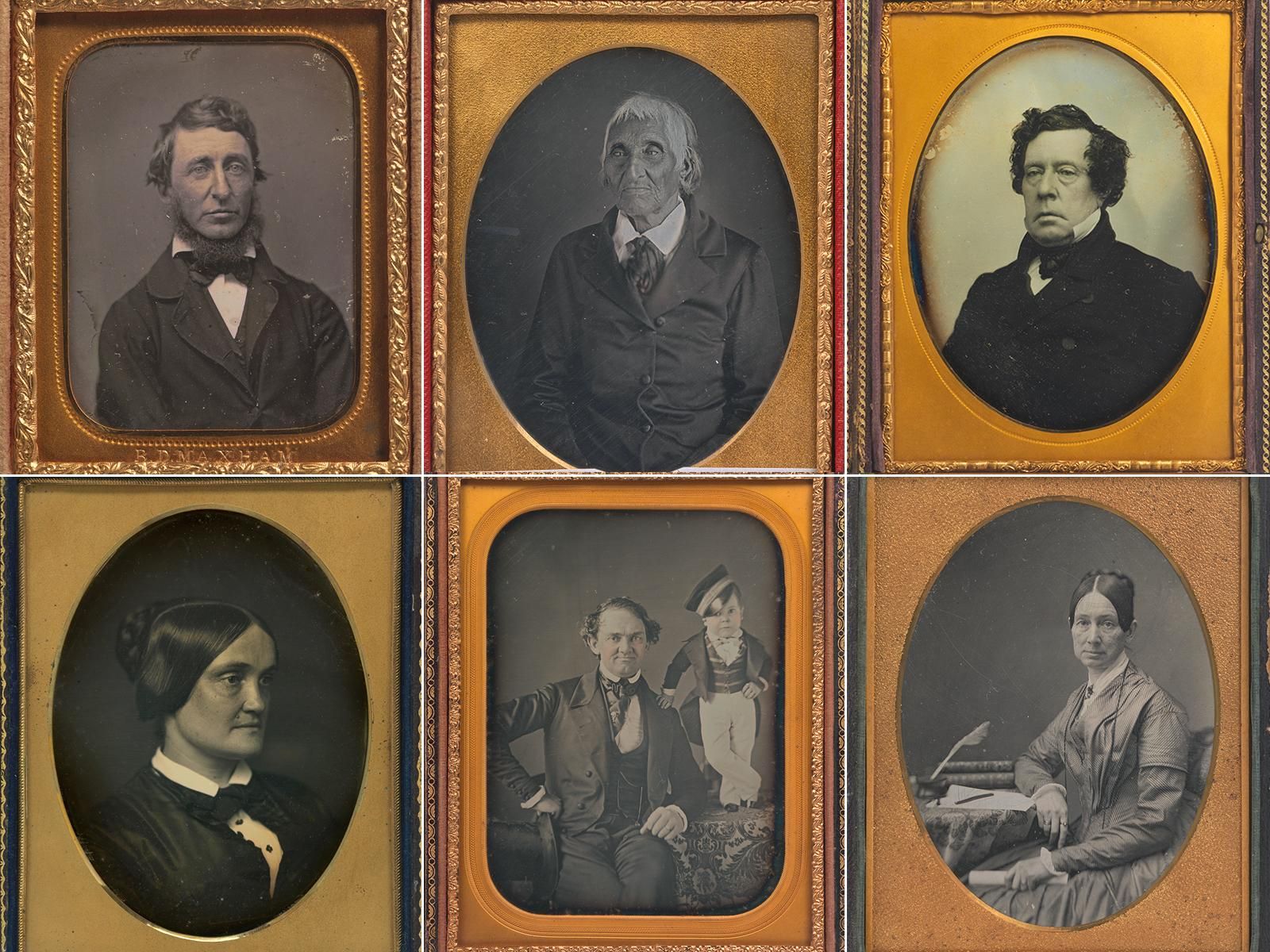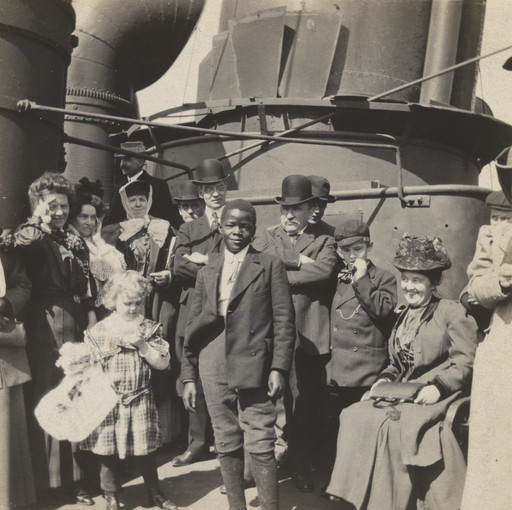Island Identity

The Island Identity project has produced a website and a report that has identified distinctive ‘qualities’ of island life in Jersey. ( https://islandidentity.je/report/heritage-culture-and-the-arts ). We were asked to produce a poster based on one of the following themes : Constitution and Citizenship, Communities, International, Economy, Education and Sports, Heritage, Culture and the arts, or the Environment.
What makes Jersey special and why does it matter to you?
Jersey has several unique reasons to why its special, these vary from different aspects of life jersey has to offer. One reason why Jersey is special is the weather this is due to the fact that it has several positive impacts on the environment as well as the community. The climate in which jersey has is highly suitable for the large farming industry in which jersey has. This matters to us because without our farming industry we would have to import more products from elsewhere causing an increase in pollution within the ozone layer. Alternatively another positive impact is that jersey has a wide range of historical sights. It has several coastal fortifications (bunkers) from several different periods of time such as the English Civil War, the Napoleonic Wars, and Nazi Germany’s occupation of the Channel Islands.
What does it mean to be ‘Jersey’, now and in the future?
I feel that living in jersey feels very compact, one may describe jersey as claustrophobic due to the fact that we live on such a small island which is 198 km². Additionally I also feel that as we are such a small island we have a small community with several; different backgrounds which creates a strong and powerful community. Furthermore in the near future I would like to see a more diverse community. Due to the old generations there’s still a lot of stigma around having a equal and diversity community.
What can we all do to solidify a cohesive and positive Island identity?
I believe that we should all be very welcoming to all backgrounds and accepting of one another even if we come from different places as we all live on the same small Island. This will therefore lead to a decrease in island problems overall due to the fact that people will be more willing to help people with problems such as a language barrier because people will be more understanding of this. Additionally this will lead to people becoming more confident in sharing their views on the island as well as making sure there’s next to no discrimination.
Are there barriers to a positive and inclusive Island identity? (What requires a greater focus and what is being missed?)
I believe that its highly likely that there will always be multiple positive barriers to and inclusive island. These consist of things such as when it comes to different cultures, some people may have certain issues or may not be as accepting as others. This can lead to problems as it would be holding back the progress of Jersey being an accepting community. Additionally another barrier is that people from different cultures may not want to learn about jersey heritage due to the fact that they weren’t born in the island.






